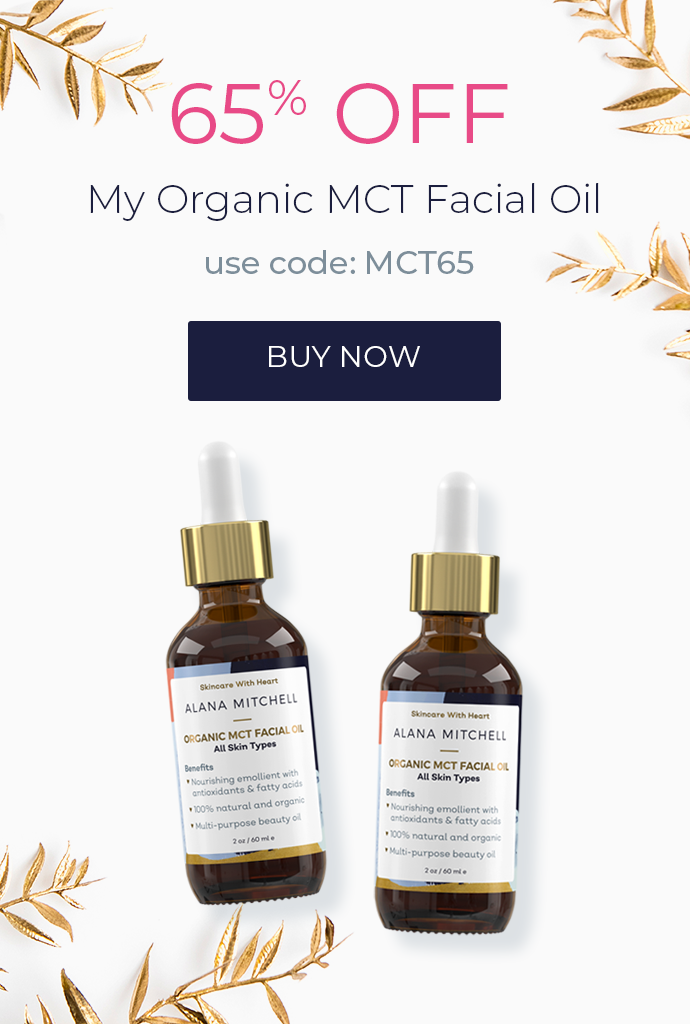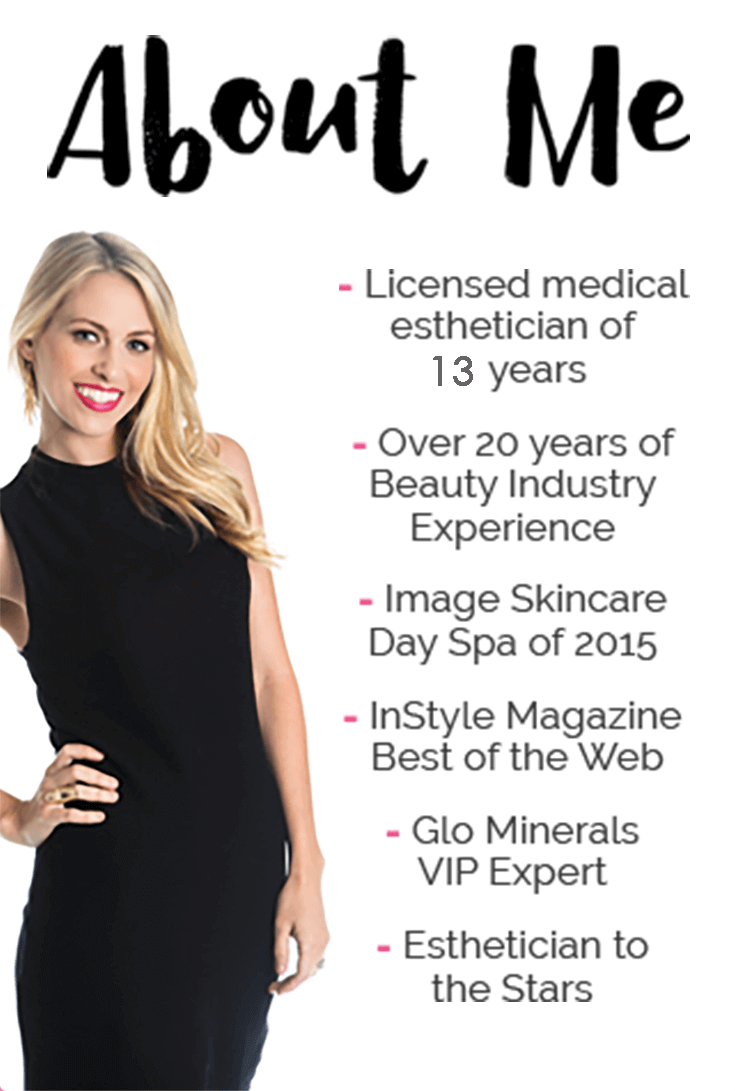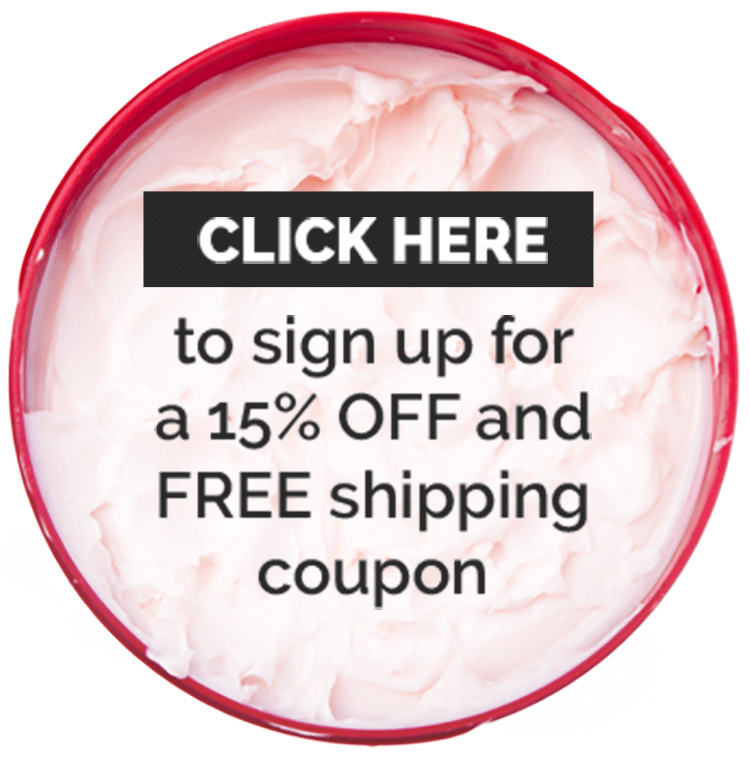What Should You Be Using In Your Skin Care Routine?
Take my quiz and get personalized recommendations from a
licensed esthetician!
Why Snails Are Becoming A Popular Skincare Ingredient

There are always new rumors going around about what makeup and skincare products are made of.
Maybe you’ve heard the rumor that there are dangerous amounts of lead in lipstick or bat guano in mascara - both of which turned out to be false.
Well then, it might be a classic case of “the boy who cried wolf” syndrome when you hear that snail mucin is working its way into many skincare products.
It might not sound pleasant, desirable, or even believable at first but it’s true, snail mucin is now being harvested and used in skincare products for a variety of purposes.
The popularity of this ingredient has been on the rise since K-beauty experienced a boom, and Google’s trend reports can prove it!
Incorporating this by product from our garden-dwelling friends may actually have many multipurpose benefits for your skin, and it’s not as scary as it sounds!
Read on for the slow and steady tale of how snail mucin worked its way into the skincare industry.

Is it what it sounds like?
In short, yes!
Snail mucin, or snail secretion filtrate, is the snail “slime” that you often see trailing behind them.
Snails produce this clear substance naturally to lubricate their soft bodies and allow them to glide across surfaces without being injured.
After their shell, it’s their best line of defense for protecting their bodies as it also protects them from harmful bacteria.
The discovery of snail mucin’s abilities were first found by accident!
Snail mucin was first discovered to have benefits for your skin after Chilean snail farmers noticed that their hands were soft and smooth after handling the snails all day.
This discovery even led to the creation of Elicina, a Chilean snail-based skincare brand.
They have lines of skin creams, serums, and moisturizers for all skin types and have been around for over 20 years.
One rumor that we haven’t been able to crack is that the secret of the snail supposedly dates back hundreds of years.
Rumor has it that ancient Romans let snails crawl across their face for its anti-aging properties.
In any case, snail mucin has made its way back to skincare in a much more refined way.
Nowadays, if you’re already privy to the prominence of snail mucin in skincare products, chances are that you heard it from k-beauty.
Ever since the Olympics in Korea in 2018, K beauty has been on the rise.
In 2015, South Korea’s beauty exports to the US grew 59%, reaching $207 million!
Social media influencers have also helped pave the way for bringing K-beauty stateside and with it, snail mucin.
Today, Korea makes and distributes the majority of skincare products containing snail mucin.
How is it sourced?
Clearly, snail mucin is not vegan, it comes straight from our little slimy friends.
Because this is a topical product, most brands only use escargot-worthy snails, meaning they are safe to eat!
The most popular snail species are the Roman snail, the garden snail or petit-gris (Helix aspersa), or the giant African snail (Achatina fulica).
Extraction methods vary from product to product.
In the past, snail mucin couldn’t be harvested without killing the snails.
Today, there are other methods to extract mucin in great quantities without killing them.
One of the most popular methods is the “net method”.
This is when nocturnal snails are placed on a mesh net in a warm, dark room.
They’re left to go about their business and glide across the net at their own pace.
Then, the snails are removed and the mucin that was caught in the mesh net can be harvested.
Another company in Italy created a special “steam bath” method that encourages snails to produce more mucin.
After the mucin is collected, it is processed to properly stabilize the product for cosmetic use.
In both methods, the snails are kept in captivity, usually in small green farms, to avoid bacteria or contaminants in the mucin.
Generally, this is about as close to cruelty free as you can get but it still leaves some questions looming.

What is it good for?
Though not many studies have been conducted on the benefits of snail mucin, it is non-irritating and its makeup makes it well worth a try!
Just check out any skincare forum to hear all the glowing reviews for this unsuspecting skincare ingredient.
Even though there haven’t been many studies on snail mucin specifically, it’s understandable why it is so widely accepted.
The main components of snail mucin are ingredients you’ve probably seen listed in many store-bought products.
If you read the composition of snail mucin without knowing what it was, you might think it really is a man-made product!
All in all, snail mucin is said to contain proteoglycans, glycosaminoglycans, antimicrobial peptides hyaluronic acid, glycolic acid, glycoprotein enzymes, zinc, iron, and copper peptides.
Hyaluronic and glycolic acids are foundational for many products and can be used on almost any skin type for many purposes from hydration, to acne fighting.
There are at least 70 enzymes that rely on zinc to perform, so getting a product that has traces of zinc can turn out to have whole-body benefits.
Given its unique and seemingly perfect formula for skincare, here are some of its purported benefits:
Lock in moisture:
Hyaluronic acid is a humectant, meaning it grabs onto moisture and holds it so the skin can absorb it. The hyaluronic acid found in snail trails support’s your skin’s natural barrier to help keep your face hydrated.
Boost collagen production:
Glycolic acid works to stimulate collagen production in your skin to keep it looking plump, healthy, and young!
Retain your glow:
Copper peptides can accelerate tanning and work hand in hand with glycolic acid to gently exfoliate your skin, leaving you with a bright, refreshed, and healthy glow.
Fight wrinkles away:
Snail mucin is a common anti-aging ingredient as it helps to diminish fine lines and wrinkles through its collagen boosting abilities. It also encourages the production of more elastin to keep the skin firm and tight! One preliminary study found an improvement in fine lines after applying snail mucin every day for 8 weeks.
Rid your skin of acne:
The acids found in snail mucin are great acne fighters! They rid the skin of excess oil without stripping it. It also has anti-inflammatory properties that can decrease the size and redness of your acne.
Fading acne scars and pigmentation:
Yep, the list goes on! The glycolic acid found in snail mucin gently exfoliates your skin to get rid of damaged skin cells and clear the way for healthy ones. Its collagen boosting capabilities also work to heal acne scars. There are many products on the market that use snail mucin specifically to even skin tone and combat hyperpigmentation.
Before you try snail mucin for your skin, remember to test it out on a small portion before you commit. While there aren’t any confirmed side effects of using snail mucin, you may be allergic, so always check!

What your product looks and feels like depends on the formula.
Snail mucin can be used in creams as a moisturizer, as a cleanser, toner, or serum.
One hundred percent snail mucin is rarely ever found because not surprisingly, it feels slimy!
Some are “tacky” feeling, but not slimy.
Others feel like a thin gel that dries quickly.
Many people love their snail mucin products and swear by them.
Still, they recognize that every skincare routine isn’t complete with just one product.
Some products supplement the mucin with other popular skincare ingredients.
Many people also choose to use additional products that contain antioxidants or retinol in addition to their snail mucin serum.
Here’s a retinol facial oil that can stimulate collagen production and boost all the benefits of your snail mucin cream.
This antioxidant-rich pomegranate cleanser is another great sidekick! Fun fact, pomegranates contain more antioxidants than red wine and green tea!
Is it truly cruelty free?
It’s always good to be a little wary when it comes to products that contain animal products.
Animal testing is totally illegal in Korea, and conversations around animal abuse are pretty heated right about now.
Some Korean brands that make snail mucin products do have cruelty free licenses.
However, many are raising questions about the comfort and happiness of the snails.
Is it possible to overwork or overharvest them?
This is a gray area that cruelty free certifications might overlook.
Cruelty Free Standards Broken Down
Two organizations can accredit cosmetic companies with cruelty free standards.
The first is the Humane Cosmetics’ “Leaping Bunny Standard”. According to Humane Cosmetics, in order to reach this accreditation, the brand must meet these criteria:
1. Products and the ingredients used in those products cannot be tested on animals by anyone (including third parties) at any stage of the product or ingredient development.
2. Companies must provide written documentation of this, including from their suppliers and manufacturers.
3. Companies must undergo regular audits by Leaping Bunny to confirm the status.
The second organization is Australia’s “Choose Cruelty Free” Standard.
This accreditation is slightly more stringent and requires brands to meet the following criteria:
1. Products and the ingredients used in those products cannot be tested on animals by anyone (including third parties) at any stage of the product or ingredient development. This practice must be in place at least 5 years before the company can apply for accreditation. If a company hasn't existed for 5 years, it can become certified if its products and ingredients have never been tested on animals by anyone.
2. Ingredients may not be
- Derived from an animal killed specifically for the extraction of that ingredient
- Forcibly extracted from a live animal in a manner that occasioned pain or discomfort
- Derived from any wildlife
- A by-product of the fur industry
- A slaughterhouse by-product of a commercially significant value (the animal was not killed specifically for the ingredient, but the ingredient was available due to the animal being killed for other purposes)
3. All parents and subsidiaries must also be certified cruelty free.
When you’re shopping for a snail mucin product, or any skincare product for that matter, knowing how it reached its level of cruelty free accreditation is extremely helpful!
When it comes to snails, they actually produce more snail secretion filtrate when they are happy and healthy, so cruelty free standards can help the supplier and the consumer.
If you’re vegan or don’t feel comfortable purchasing a snail mucin product, there are plenty of great plant-based substitutes available that contain similar ingredients.
Alternatives to Snail Mucin
It’s important to note that a brand can be certified cruelty free without being vegan.
In the skincare world, collagen (which is derived from animals) and ingredients like animal-based glycerine are on the hot seat.
Just like the “honey debate” in veganism in which honey can safely be removed from the hive without ever hurting the bees, snail mucin might not be right for everybody even if it's derived without harming the snails.
All of the ingredients that make snail mucin an attractive option for skincare can also be found in other sources.
Here are some of our favorite products for every skin type and concern:
For Anti-Aging Benefits:
Image Skincare Ageless Total Pure Hyaluronic Filler: This hyaluronic filler takes the place of snail mucin serums with ease. It boosts your production of collagen, seals in moisture, and smooths rough skin for a softer, more even complexion.
Alana Mitchell Hyaluronic Moisture Boost Serum: This cruelty-free formula uses the power of natural plant-derived ingredients to help seal in moisture. It provides many of the same benefits of snail mucin without any worries about cruelty towards animals. It’s best applied before your moisturizer or makeup to quench dry skin.
For Acne:
Rhonda Allison Fruit Acid Botanical: Rhonda Allison’s lightweight formula is totally plant based and extremely lightweight! It helps to prevent acne while healing open lesions.
Image SkinCare Clear Cell Salicylic Clarifying Tonic: This plant-based anti acne tonic is another great alternative to snail mucin. It uses salicylic acid and hyaluronic acid to clean the skin without stripping it of moisture. It will help your skin to look vibrant and revived.
For Dry Skin:
Alana Mitchell Daily OC Cream Cleanser: If you’re looking for an everyday, vegan cleanser that hydrates your skin as it cleanses, then look no further. This plant based formula is perfect for dry and combination skin.
Alana Mitchell Clean & Gentle Natural Gel Cleanser: If you’re trying to move away from snail mucin but are finding it difficult, this gel cleanser is a great first step! The gel based formula might remind you a bit of snail mucin’s texture while its natural ingredients deliver the same results that you saw before. This cleanser is free of artificial fragrances and parabens and is not tested on animals.
We hope that the title of this blog didn’t scare you away!
While it may seem scary or even a bit gross at first, snail mucin is an up and comer in the skincare industry, and we can see why.
It ticks almost all the boxes on skincare benefits.
Until the industry develops further and has more science-based evidence to back it up, you’ll have to take bloggers, skincare enthusiasts, and dermatologists’ words for it - snails are the next big thing!
Top Brands
New Brands
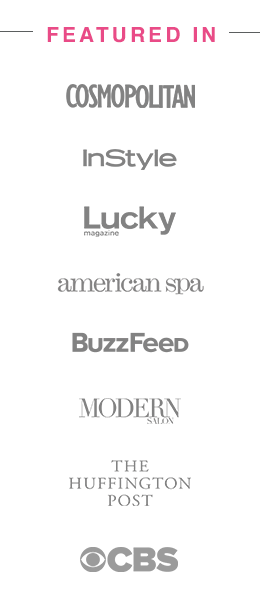
Recent Posts
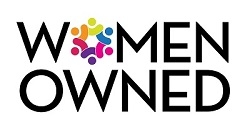
Are You Taking the Right Steps to Care for Your Skin?
Take the Quiz
Skincare Secrets!
10-step guide for healthy, beautiful skin after kids.
100% privacy. I will never spam you!


